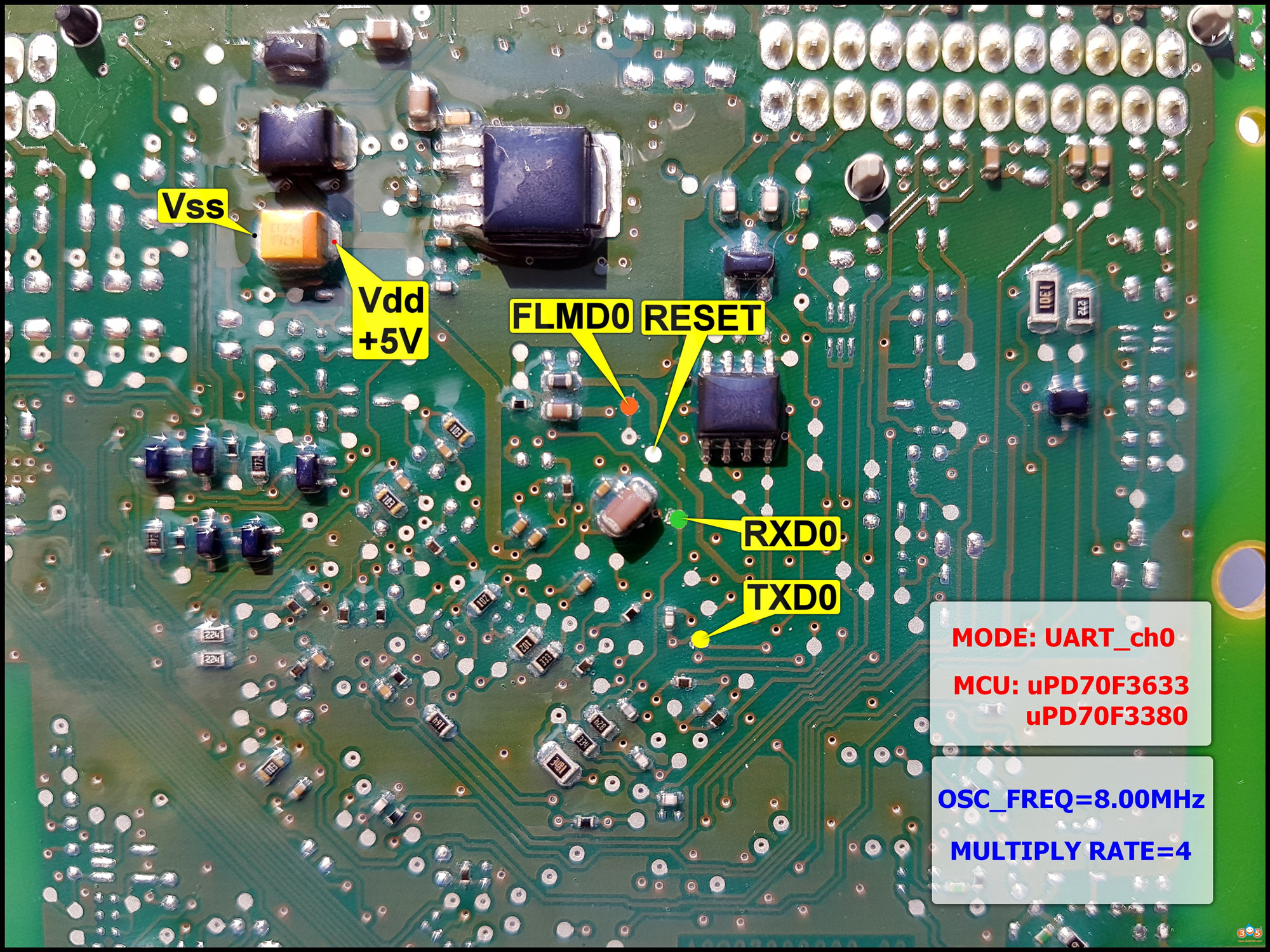Here are some solutions of Micropod wiTECH 2.0 communication failure with all modules.

Theory of operation:
Below are few different ways communication on a vehicle takes place:
Scan tool to the Central Gateway Module (Ex: SGW, TIPM, BCM, etc.)
Module to Module
Module to Device
Device to Module
Communication to the vehicle is established with a wiTech Micropod 2 scan tool, through the Data Link Connector (DLC) to the Central GateWay
Module (CGW) over the Controller Area Network (CAN) Bus.
On this vehicle the Body Control Module (BCM) is the CGW between the
high and low speed CAN Bus networks (CAN-C and CAN-IHS); and
communicates with the scan tool through CAN C.
The CAN Bus architecture of this vehicle operates in a “hub” or
“star” style, meaning all of the modules are connected at a central
point in the Star Connectors. The terminating resistors for CAN Bus are
located in the Star Connectors that are part of the body and instrument
panel wiring harnesses. In other CAN Bus architectures a vehicle may
operate in a “stub” or “backbone” style, meaning there is a single, main
line that connects all modules. The terminating resistors for CAN Bus
in the “stub” or “backbone” style are located in 2 separate dominant
modules that are placed as far apart as is physically possible. The scan
tool becomes another module on the vehicle’s networks by acting as the
Master Module of all Bus networks while connected to the DLC and
contributes voltage to the operation of the CAN Bus.
The following vehicle interactions listed below will aid in
predetermining the type of vehicle communication that is/isn’t
available:
NOTE: If the Hazard Lamps and Headlamps are active, this indicates
the BCM is functioning and is most likely not the cause of the CAN Bus
fault.
Operating the Lock/Unlock button of the FOB with Integrated Key (FOBIK)
When any one of the Remote Keyless Entry (RKE) transmitter buttons of
the FOBIK are depressed, the onboard transmitter generates a high
frequency RF request signal that is received and validated by the Radio
Frequency Hub Module (RF Hub). If the RF Hub determines the RKE
transmitter RF request signal was generated by a FOBIK that is valid for
the vehicle, the RF Hub relays electronic request messages to the BCM
over the CAN BUS to invoke the functions or features associated with the
request.
Opening a Door
The Door Latches contain Ajar Switches that are hardwired to the BCM.
The status of the Door Ajar Switch Sense circuit input is monitored by
the BCM, which then sends the proper electronic message to other modules
in the vehicle over the CAN Bus.
Turning the Headlights on
The Headlamp switch uses a single resistor multiplexed output to
control the many functions and features it provides. The switch receives
a clean ground from the BCM on a Headlamp Switch Multiplex (MUX) Return
circuit. The BCM then reads the switch outputs using an internal pull
up on the Headlamp/Fog Lamp Switch Signal circuit to control the
exterior lighting functions
Turning the Hazard Lamps on
The status of the Hazard Switch is continually monitored by the
circuitry within the Instrument Panel Switch Bank in the Integrated
Center Stack (ICS). The switch receives battery voltage at all times
through a Fused Battery Feed circuit, and a path to ground at all times
through the Instrument Panel wire harness. Whenever the Hazard Switch is
in its latched and lowered position, the hazard warning system is
selected and the switch bank circuitry provides a hardwired output to
the BCM. When the BCM receives a Hazard Switch input, it then controls
hazard warning system operation and flash rate by controlling battery
voltage outputs through high side drivers on the Right and Left / Front
and Rear Turn Signal Feed circuits.
Honking the Horn
Each Horn has a path to ground at all times through its wire harness
connection to an eyelet terminal secured to the body sheet metal. The
Horns are controlled by a Fused B(+) output received through a relay
within the front Power Distribution Center (PDC) Assembly and controlled
by the BCM.
During an ignition cycle, the CAN C Bus network may go into default
mode when communication has been hindered with the BCM. In some
situations, when this happens the wipers automatically operate in a
delay mode and the Headlamps are activated by the BCM. When the ignition
is turned off, the vehicle will exit the default mode and operation of
the Wipers and Headlamps will stop. When turning the ignition on again,
if the CAN C Bus fault is still present, the vehicle will exhibit a no
crank, no start condition; and no scan tool communication response to
the vehicle.
Possible reasons:
INOPERATIVE SCAN TOOL
MANUALLY SELECTING THE INCORRECT YEAR AND/OR MODEL WITH WITECH 2.0
DATA LINK CONNECTOR (DLC)
DATA LINK CONNECTOR FUSED B (+) CIRCUIT OPEN OR HIGH RESISTANCE
DATA LINK CONNECTOR GROUND CIRCUIT OPEN OR HIGH RESISTANCE
CAN C (+) BUS CIRCUIT OPEN, SHORTED OR HIGH RESISTANCE
CAN C (-) BUS CIRCUIT OPEN, SHORTED OR HIGH RESISTANCE
POOR TERMINAL CONTACT OR CONNECTOR CONNECTION(S)
STAR CONNECTOR
ANY MODULE ON THE CAN C BUS
NORMAL CAN C BUS CIRCUIT VOLTAGE TABLE
CAN C BUS LOW (-) : 1.5 – 2.5 volts
CAN C BUS HIGH (+) : 2.5 – 3.5 volts
Difference Between CAN C BUS (+) and CAN C BUS (-) : 0.5 volt
CAN B or IHS BUS LOW (-) : 1.5 – 2.5 volts
CAN B or IHS BUS HIGH (+) : 2.5 – 3.5 volts
Difference Between CAN B or IHS BUS (+) and CAN B or IHS BUS (-) : 0.5 volt
CAN C1 or C2 BUS LOW (-) : 1.5 – 2.5 volts
CAN C1 or C2 BUS HIGH (+) : 2.5 – 3.5 volts
Difference Between CAN C1 or C2 BUS (+) and CAN C1 or C2 BUS (-) : 0.5 volt


















